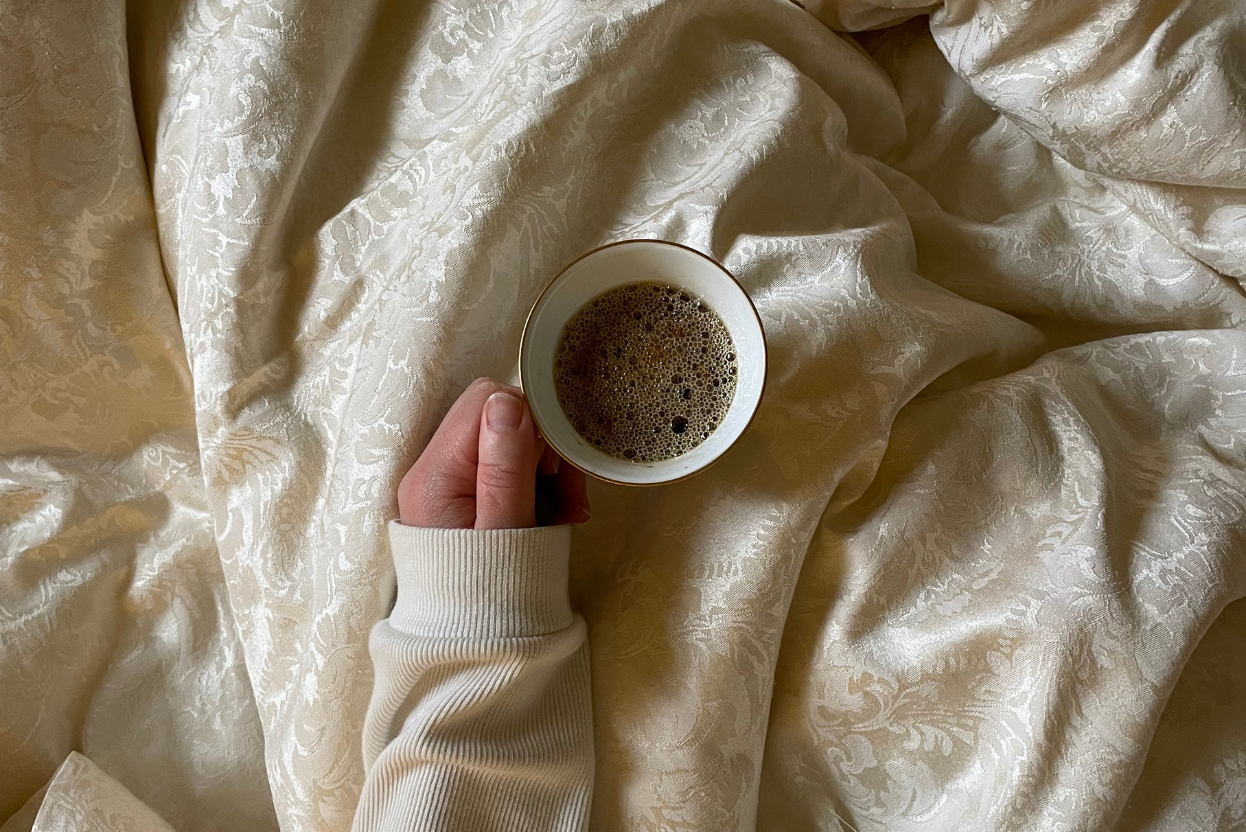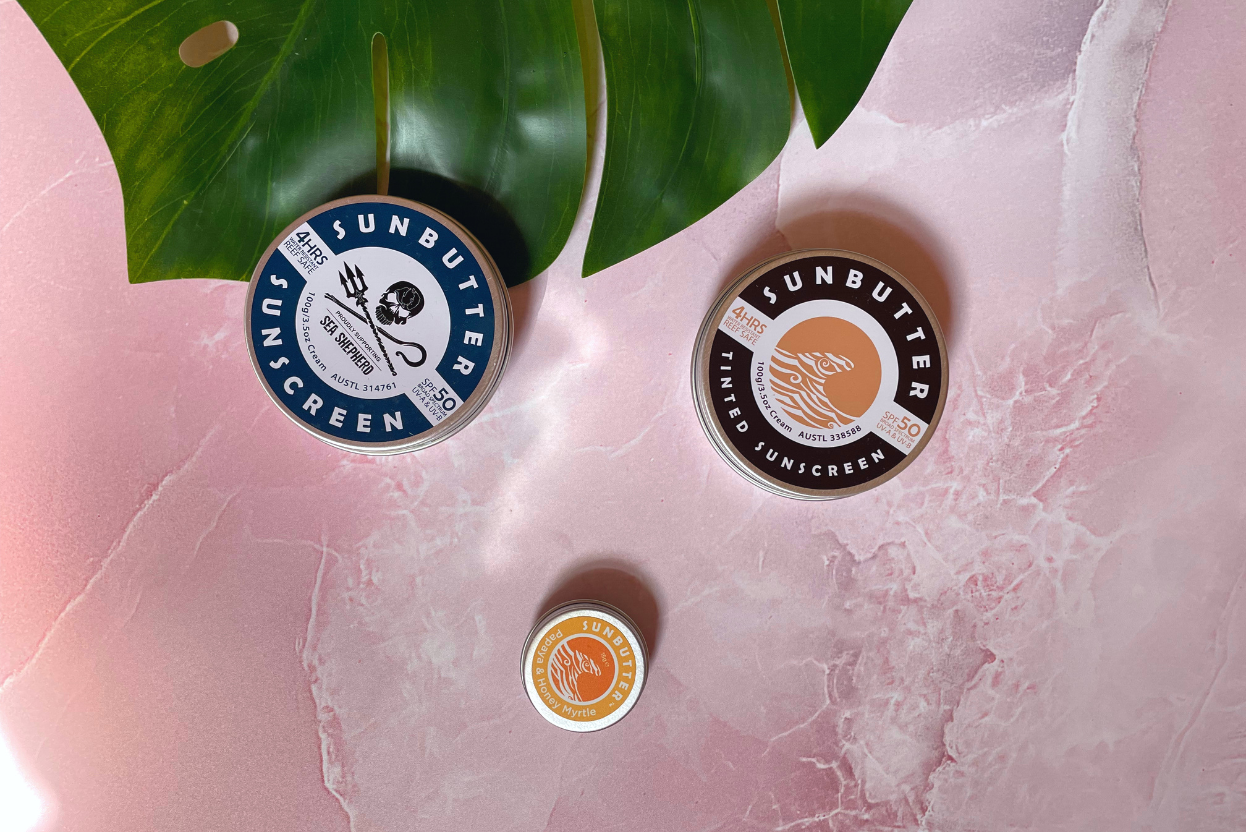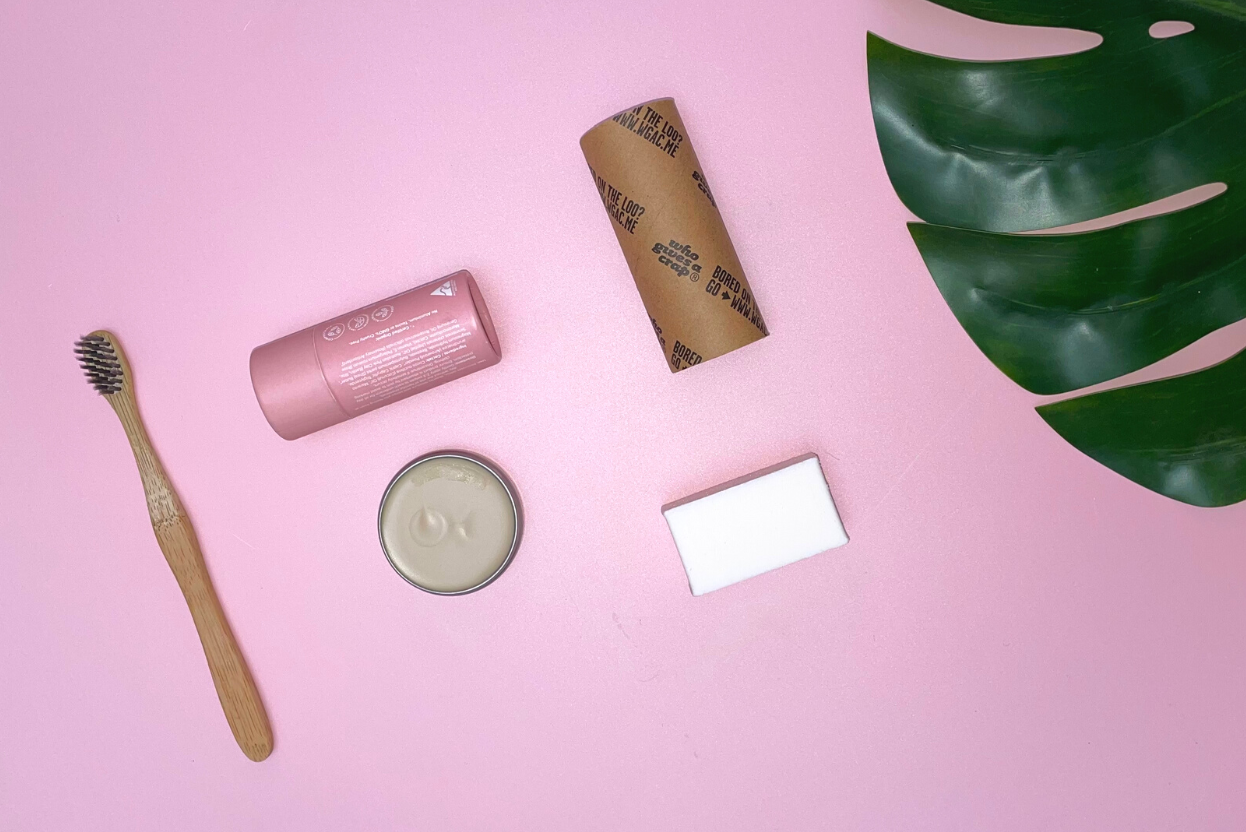The Victoria & Albert Museum has played host to numerous spectacular fashion exhibitions, and as much as I have enjoyed these specialty displays in the past, my favourite part of the museum’s Fashion Room has always been, and always will be, it’s permanent tribute to fashion throughout the ages.
Featuring garments that date back to the 1730s, the gallery covers 400 years of fashion in all its glittering glory. From the 4-foot wide mantua skirts of the 1740s to the futuristic designs of Alexander McQueen; the exhibition brings to life not only the evolution of clothing, but the progressive notion that ‘fashion’ is not simply what people wear, but an integral piece of society’s cultural and artistic history.

Besides being a mode of daily routine, fashion is also a creative outlet and a culmination of a number of artistic fields; designers like Elsa Schiaparelli worked alongside surrealists such as Salvador Dali, bringing groundbreaking artistic movements into the world of textiles and clothing.
What we wear also reflects the social and cultural idiosyncrasies of our time. Take for instance the minimal designs of 1940s utility suits when fabric was scarce during the war, or Westwood’s infamous and anarchic punk movement that was created during a time of political unrest in the U.K. Both mirror a fundamental aspect of the society of their time, but with a power over that of other art forms as result of fashion’s universality; after all, we all wear clothes.
As I perused the gallery’s extensive collection contemplating these thoughts, the age-old epithet that ‘art imitates life’ came to mind. Indeed the display at the V&A makes it apparent that fashion, dare I say it, moves with the times.
Yet another saying also came to mind (the pretentious cousin of the one before) and I couldn’t help hesitantly wondering if it was also true that ‘life imitates art’. It is plain to see that fashion moulds itself to our lifestyle, but I have found, on closer inspection, that it can also influence the lifestyle we have.

We have all worn something that has made us feel cooler or sexier or stronger, and fashion – with its ability to transform people into who they want to be opposed to who they are – has enabled us as a society to progress further and faster than we would have without it.
It would be unfair of me to say that a flapper dress was responsible for the emancipation of women, yet the feeling of liberation offered by that boyish silhouette must have been irresistible after the restrictive femininity of the previous era. A freedom in dressing would have inspired women to claim freedom in other aspects of their lives as they came to realise that they did not have to be as restrained as they were in the past.
Thus whilst fashion may never completely change the world, we can hope that as long as there are progressive and innovative designers around, it will remain an art form that lays down a path to the future. All we have to do is follow it.
The Fashion Advocate x




